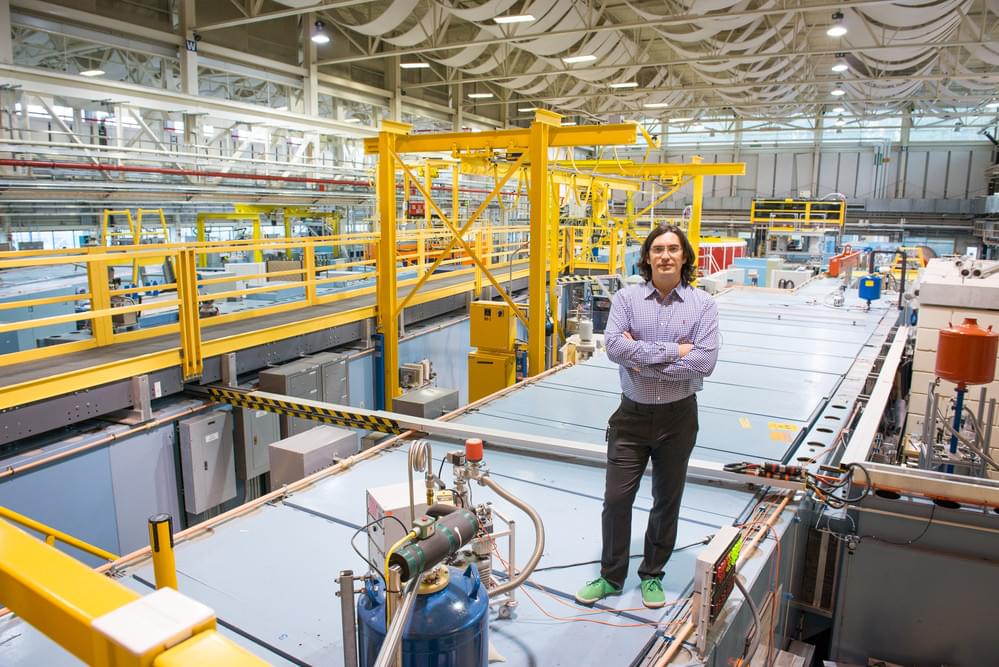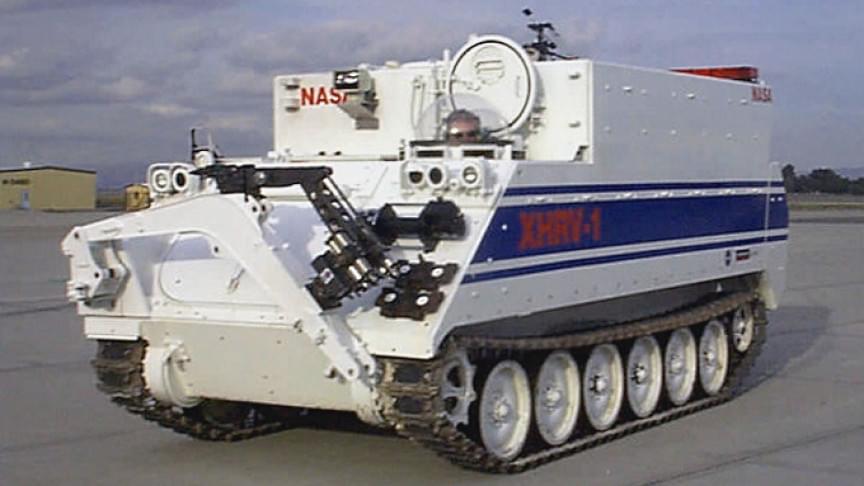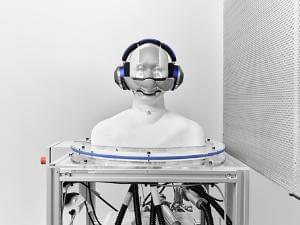JWST recently snapped this infrared test image of a star, which also shows fainter background stars and galaxies — a testament to the telescope’s power.
In early February, NASA engineers began to remotely align the 18 hexagonal segments of the James Webb Space Telescope’s primary mirror, which had been folded away for launch. The goal of this meticulous, three-month-long process is to perfectly position the mirror segments relative to each other, creating a single, smooth, 6.5-meter-wide surface that can gather and focus light from the distant cosmos.
You may recall earlier snapshots that marked previous milestones. For example, the second of seven milestones was punctuated with a shot taken before the mirrors were fully aligned; it featured multiple images of a single star. Now, NASA has announced the fifth major alignment milestone is complete. Called fine phasing, this step helped to identify and correct small differences between individual mirror segments to bring the infrared universe into sharp, clear focus.









